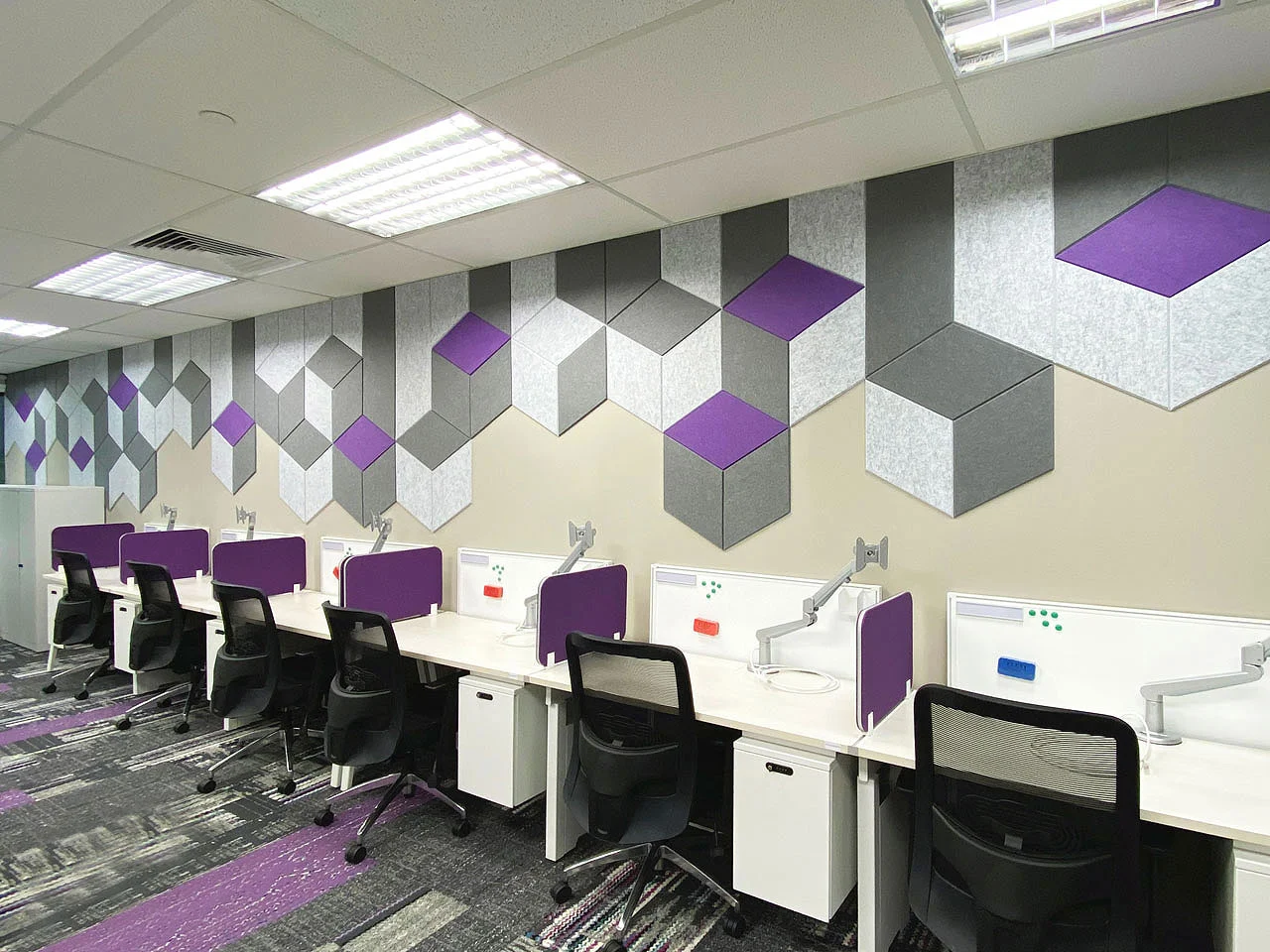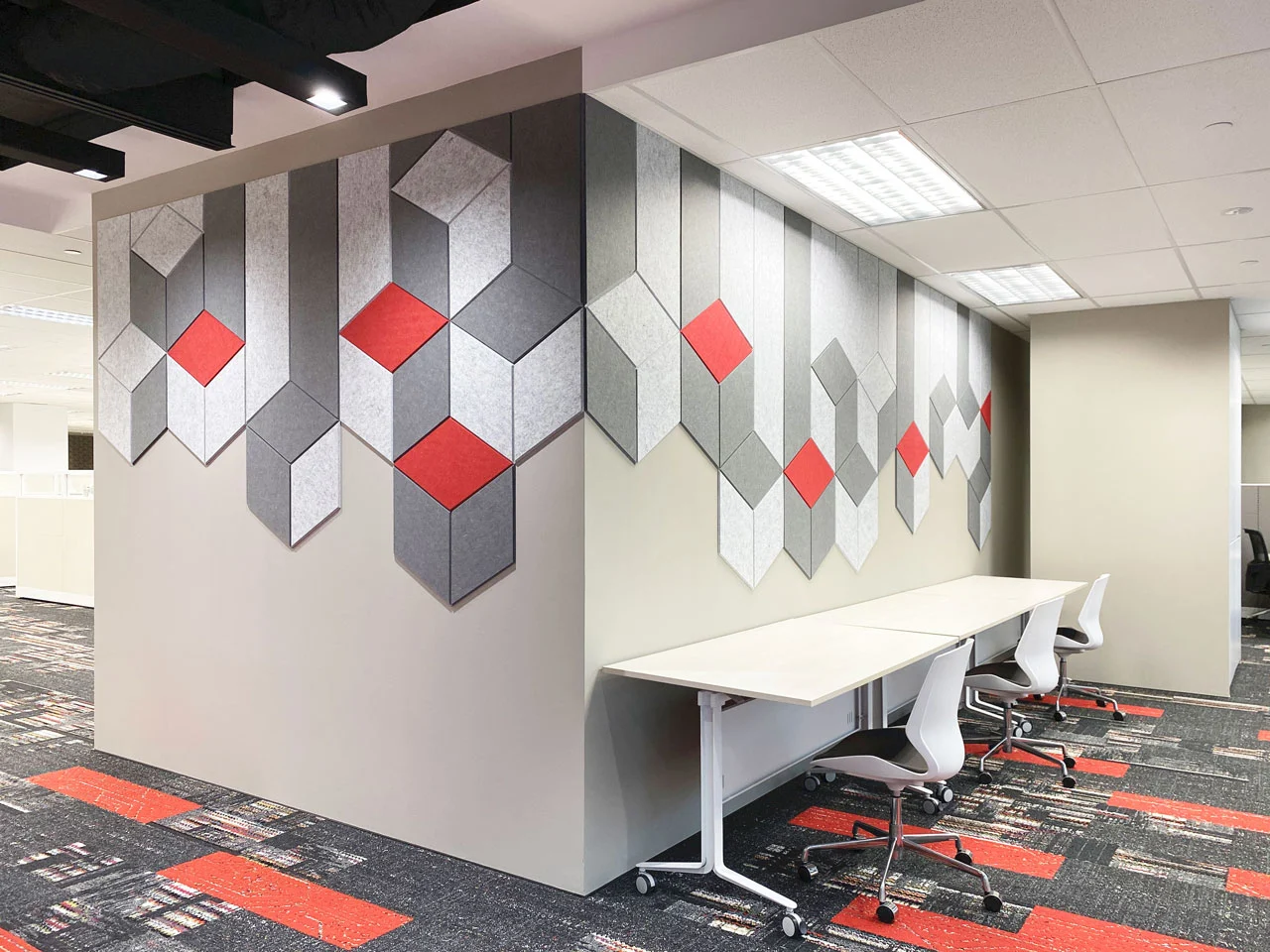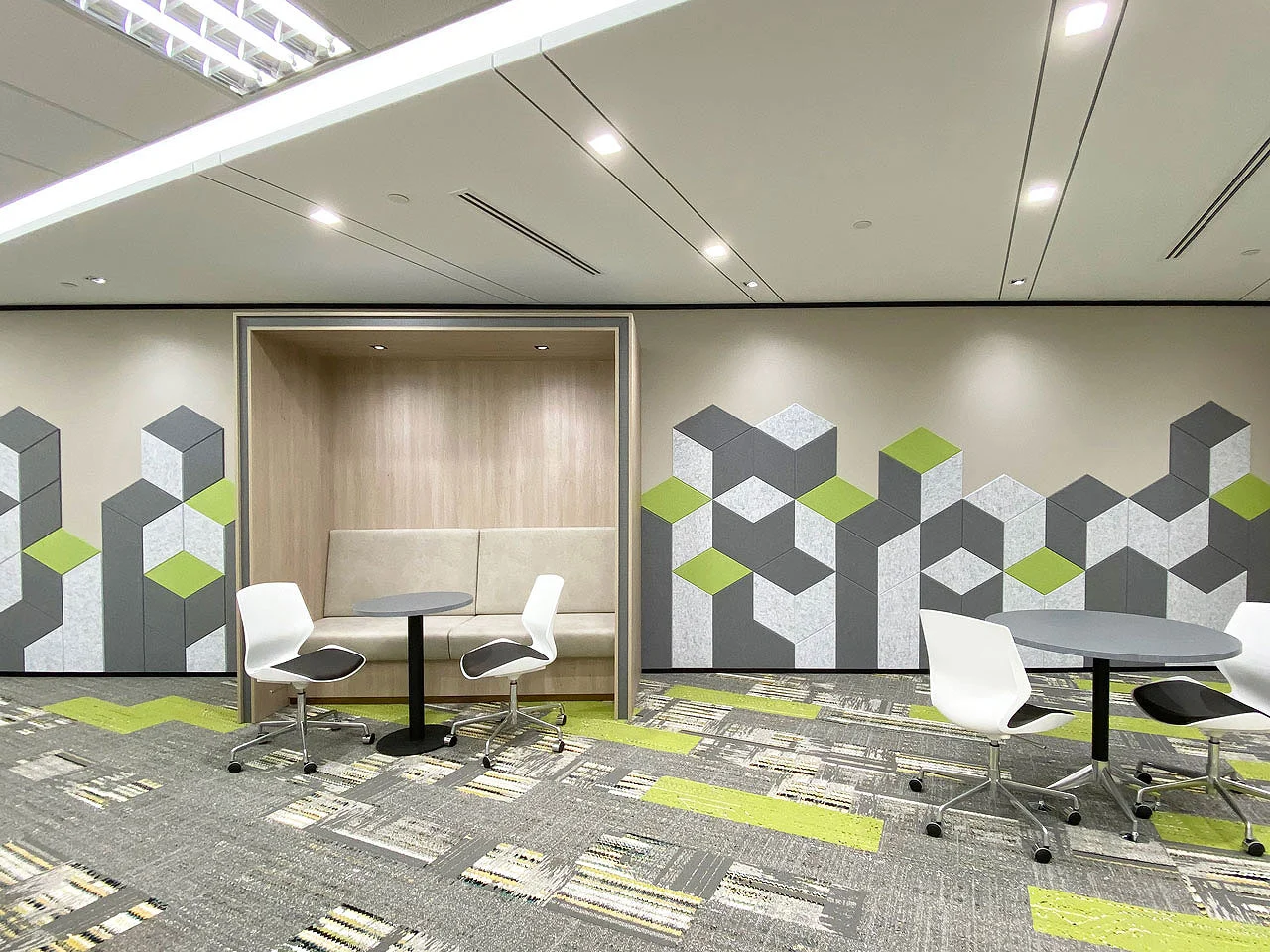Smart Facade Systems: Reducing Energy Costs Through Advanced Cladding

The Critical Need for Green Building Construction
As buildings consume nearly 40% of global energy, sustainable solutions in architecture are becoming critical. Smart facade systems represent a groundbreaking advancement in reducing energy costs while enhancing the aesthetic and functional aspects of buildings. These systems combine advanced cladding materials with innovative technologies to regulate indoor climates, optimize energy use, and improve occupant comfort¹.

The Role of Smart Facades in Modern Architecture
Smart facades are designed to respond to environmental conditions, such as sunlight, temperature, and wind, making them a cornerstone of energy-efficient and sustainable building design. By integrating smart cladding systems into projects, architects and builders can significantly reduce reliance on energy-intensive heating, cooling, and lighting systems².

How Smart Facade Systems Work
Smart facade systems employ adaptive technologies that regulate a building’s energy performance. Key features include:
- Dynamic Shading: Facades equipped with automated louvers or electrochromic glass adjust shading based on sunlight intensity, reducing solar heat gain and glare.
- Thermal Insulation: Advanced cladding materials like insulated panels and double-skin facades minimize heat transfer, maintaining stable indoor temperatures.
- Ventilation Control: Smart facades optimize natural ventilation by opening or closing vents based on airflow and indoor air quality sensors³.
By interacting with building management systems (BMS), these facades ensure real-time energy optimization, contributing to significant cost savings and environmental benefits.

Benefits of Smart Facade Systems
Energy Efficiency
Smart facades reduce energy consumption by regulating temperature, controlling sunlight, and minimizing heat transfer. For example, a building with dynamic shading systems can lower cooling costs by up to 30%.
Enhanced Occupant Comfort
By maintaining consistent indoor climates and reducing glare, smart facade systems create more comfortable living and working environments.
Aesthetic Flexibility
Modern smart facades come in a variety of materials and finishes, from glass and aluminum to wood and composite panels. These options allow designers to maintain visual appeal while incorporating energy-saving features.
Sustainability
Smart facade systems align with green building initiatives by reducing energy usage and integrating eco-friendly materials. They contribute to certifications like LEED, WELL, and BREEAM⁴.
Long-Term Cost Savings
Although the initial investment in smart facades may be higher, reduced energy bills and maintenance costs offer significant long-term savings.
Applications of Smart Facade Systems
Commercial Buildings
Office towers and retail spaces benefit from reduced energy costs and improved comfort, making them more attractive to tenants and visitors.
Residential Projects
In homes, smart facades enhance energy efficiency while maintaining aesthetic appeal, contributing to sustainable living.
Educational and Healthcare Facilities
Smart facades ensure optimal lighting, ventilation, and temperature control, creating healthier environments for students and patients.
Public Infrastructure
Airports, train stations, and museums leverage smart facade systems to manage energy use efficiently while accommodating large numbers of occupants.

Smart facade systems represent a fusion of technology, sustainability, and design, offering significant benefits in energy efficiency, occupant comfort, and environmental impact. As construction moves toward greener practices, these advanced cladding solutions are becoming essential for modern buildings. By investing in smart facade systems, developers and architects can create spaces that are not only visually stunning but also future-proofed for energy-conscious living and working.
References
U.S. Green Building Council. (2023). Energy Efficiency in Smart Facades. Retrieved from https://www.usgbc.org
Knauf Insulation. (2023). Advanced Cladding Systems for Sustainable Buildings. Retrieved from https://www.knaufinsulation.com
Timberix. (2023). Innovative Facade Solutions for Modern Architecture. Retrieved from https://www.timberix.com
Green Building Council Singapore. (2023). Smart Facades and Energy-Efficient Building Design. Retrieved from https://www.sgbc.sg
Aural-Aid. (2023). Testing and Innovations in Smart Facade Systems. Retrieved from https://auralaid.com/acoustical-testing/
Share